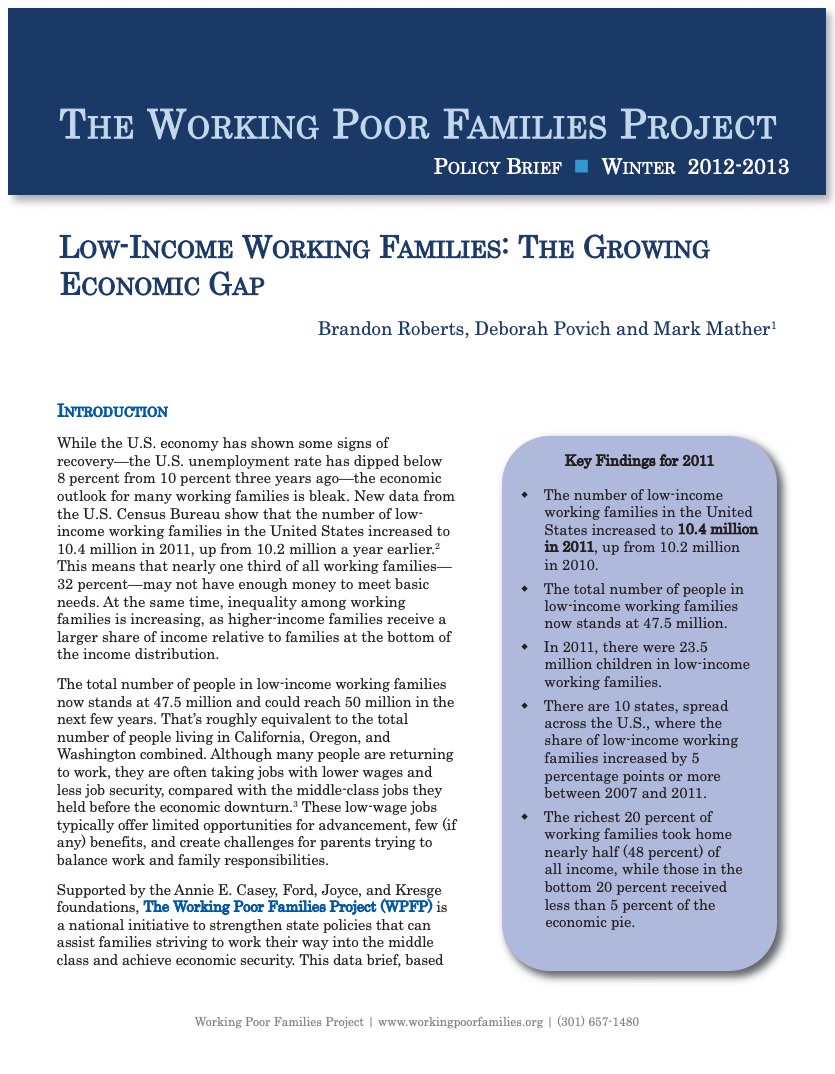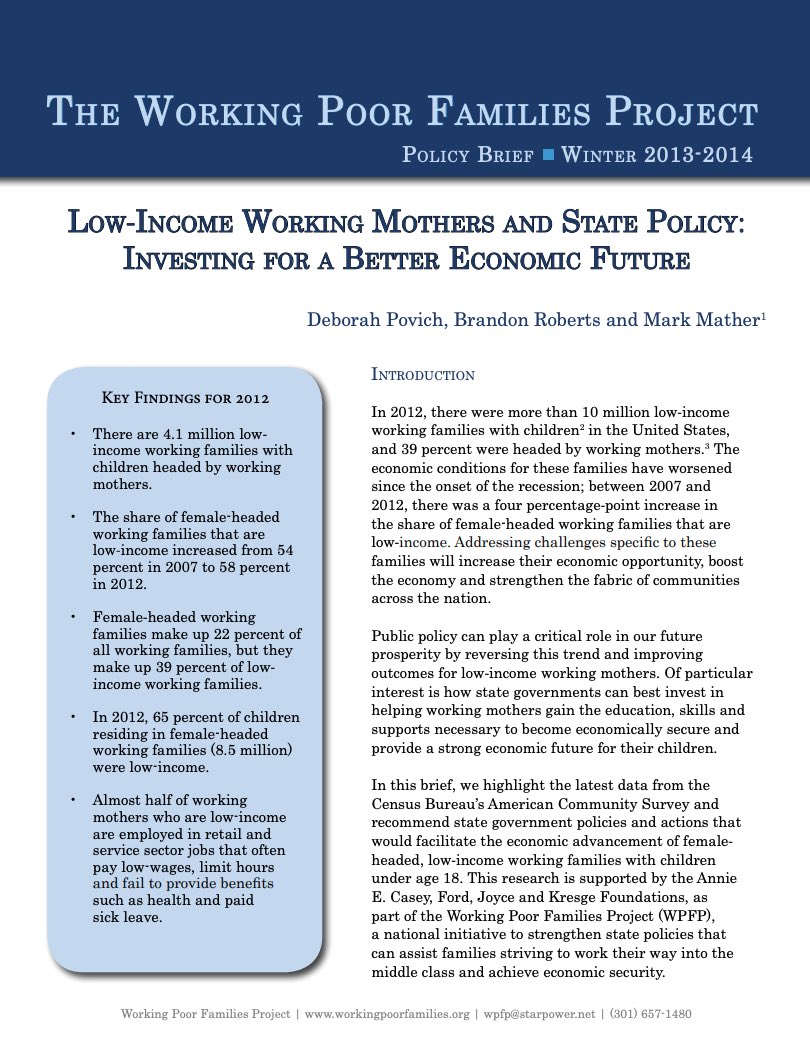“When Technology and Tradition Collide: From Gender Bias to Sex Selection,” Fact Sheet
(2013) With technology producing more and cheaper ways to determine the sex of a fetus, fewer girls are being born—an estimated 1.5 million of them every year. They are sometimes referred to as the "missing" girls, the ones who were never born because of the premium some societies place on boys.




